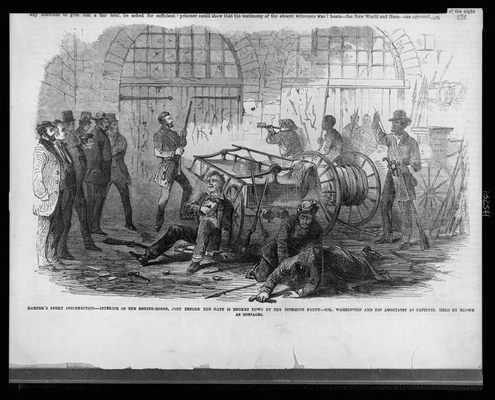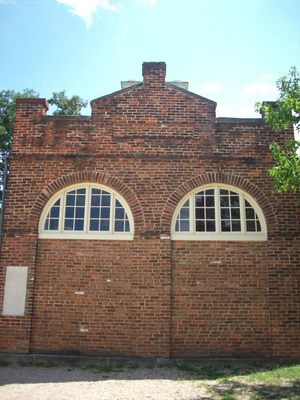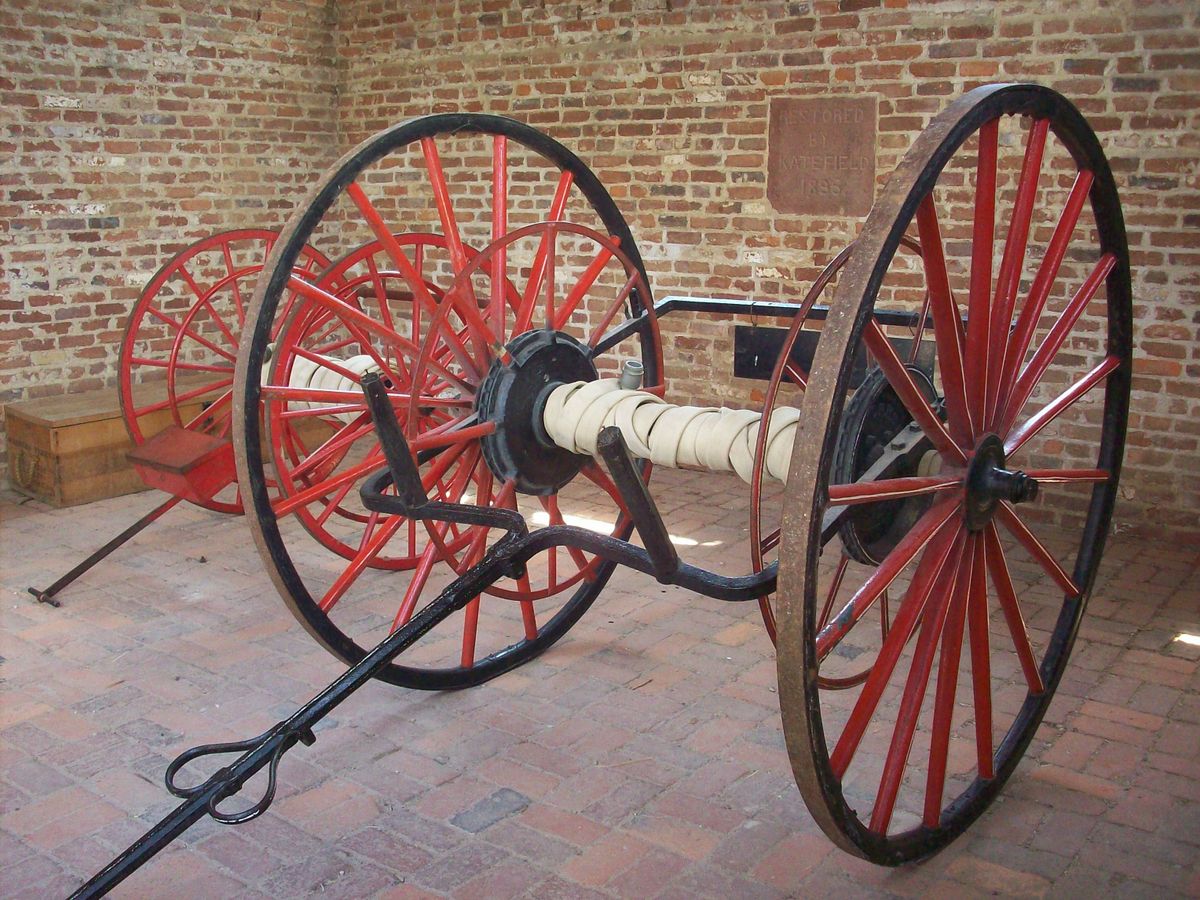About
On the night of October 16th, 1859, the town of Harpers Ferry, West Virginia transformed into a stepping stone of the Civil War due largely to the actions of one man: John Brown.
A rabid abolitionist from Ohio, Brown decided to take the matter of slavery into his own hands when he and 22 men, including five black men and three of Brown's sons, captured hostages, and overran the federal complex at Harpers Ferry, consisting of an arsenal, armory, and engine house. Brown’s plan was simple: he would seige the arsenal and armory and use the weaponry and supplies to arm an abolitionist army and the enslaved people who would lead to an all-out armed revolt.
On October 16th, Brown and his militia succeeded in taking the armory. The next morning they were discovered by the armory workers. Military and townsfolk of Harpers Ferry surrounded Brown, and a company of militia captured the bridge across the Potomac River, cutting off their only escape route. Brown then moved himself and nine hostages into the smaller engine house of the arsenal, which would become known as John Brown’s Fort.
The following day, a company of U.S. Marines led by Colonel Robert E. Lee arrived at the site and would storm the engine house, ending Brown’s raid 36 hours after it had begun, with Brown losing ten of his men, including two of his own sons. Brown was captured, tried, and executed on December 2nd, 1859.
Brown’s last statement declared “I, John Brown, am now quite certain that the crimes of this guilty land will never be purged away but with blood."
His words turned out to be chillingly prophetic with the Civil War beginning less than two years later on April 12, 1861, and his actions went down in history as having played no small role in sparking the societal revolution.
Update 2016: The engine house has been moved several times since John Brown's raid. It was displayed at the 1891 Columbian Exposition in Chicago, and was moved back to Harpers Ferry several years later. In Harpers Ferry, it was rebuilt on a local farm, then later moved to the grounds of Storer College, and was finally moved to a site about 50 yards from its original location (where the ruins of the original foundation still stand). The Harpers Ferry National Historic Park, operated by the National Park Service, today includes all four sites.
Related Tags
Know Before You Go
Parking in Harpers Ferry is extremely limited. The National Park Service's visitor center offers considerable parking and a shuttle to the historic "lower town", including the John Brown fort.While there, hike a stretch of the Appalachian Trail. The AT crosses a railroad bridge over the Potomac River from Maryland to Harpers Ferry, and passes right in front of the fort. It runs inside the National Historic Park for almost a mile, along a relatively easy hiking path.
Community Contributors
Added By
Published
September 28, 2015




































